A small, edible inky cap mushroom that's easy to overlook, the mica cap mushroom (Coprinellus micaceus) has a good flavor and delicate texture. Although not as prized as their larger cousin the shaggy mane, they're easy to identify and find in quantity. Today we'll go over identification and how to harvest, store and cook them.
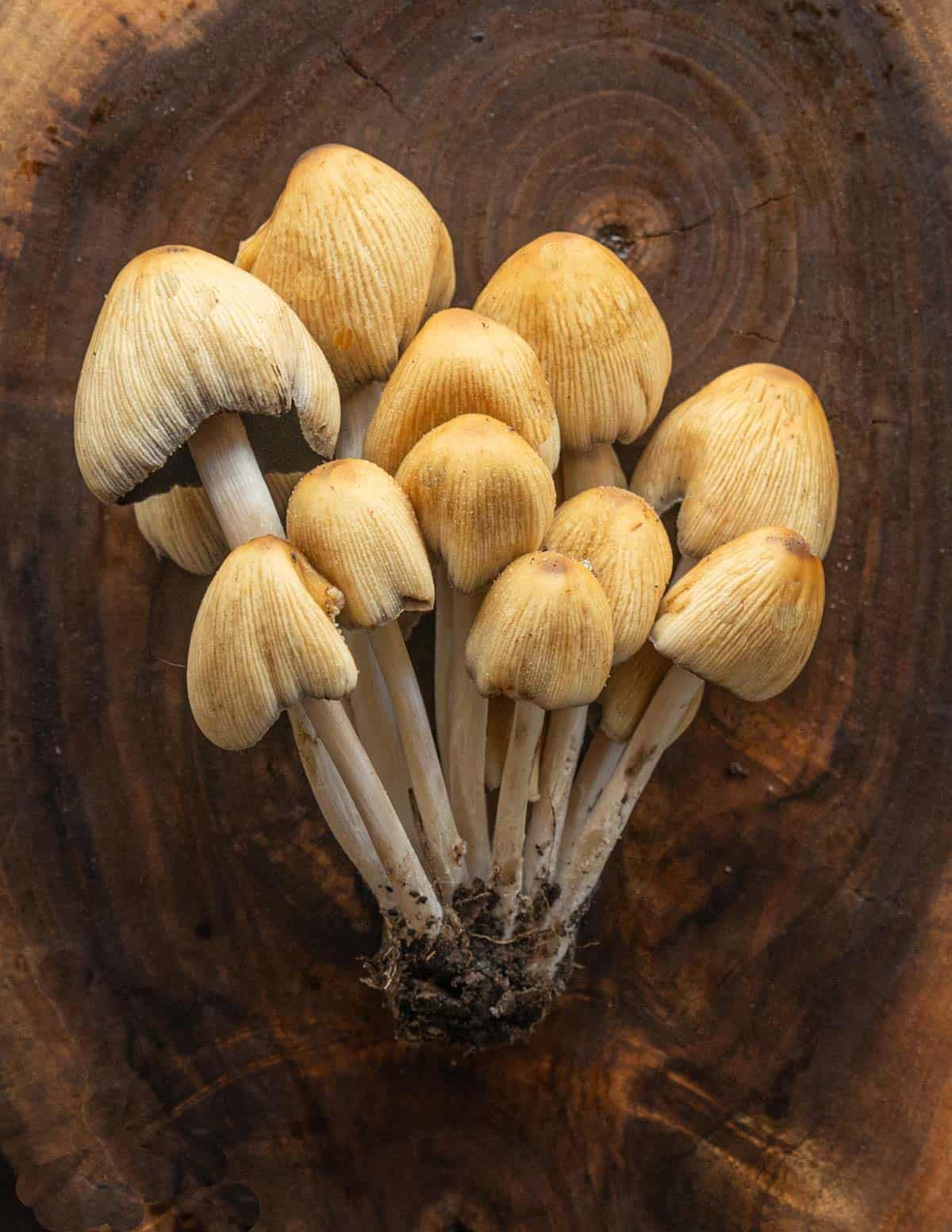
Originally placed in the genus Coprinus like shaggy manes (Coprinus comatus), these, and others, are now placed in their own genera within the family Psathyrellaceae. All of these related, gilled fungi are referred to as inky caps or Coprinoid mushrooms.
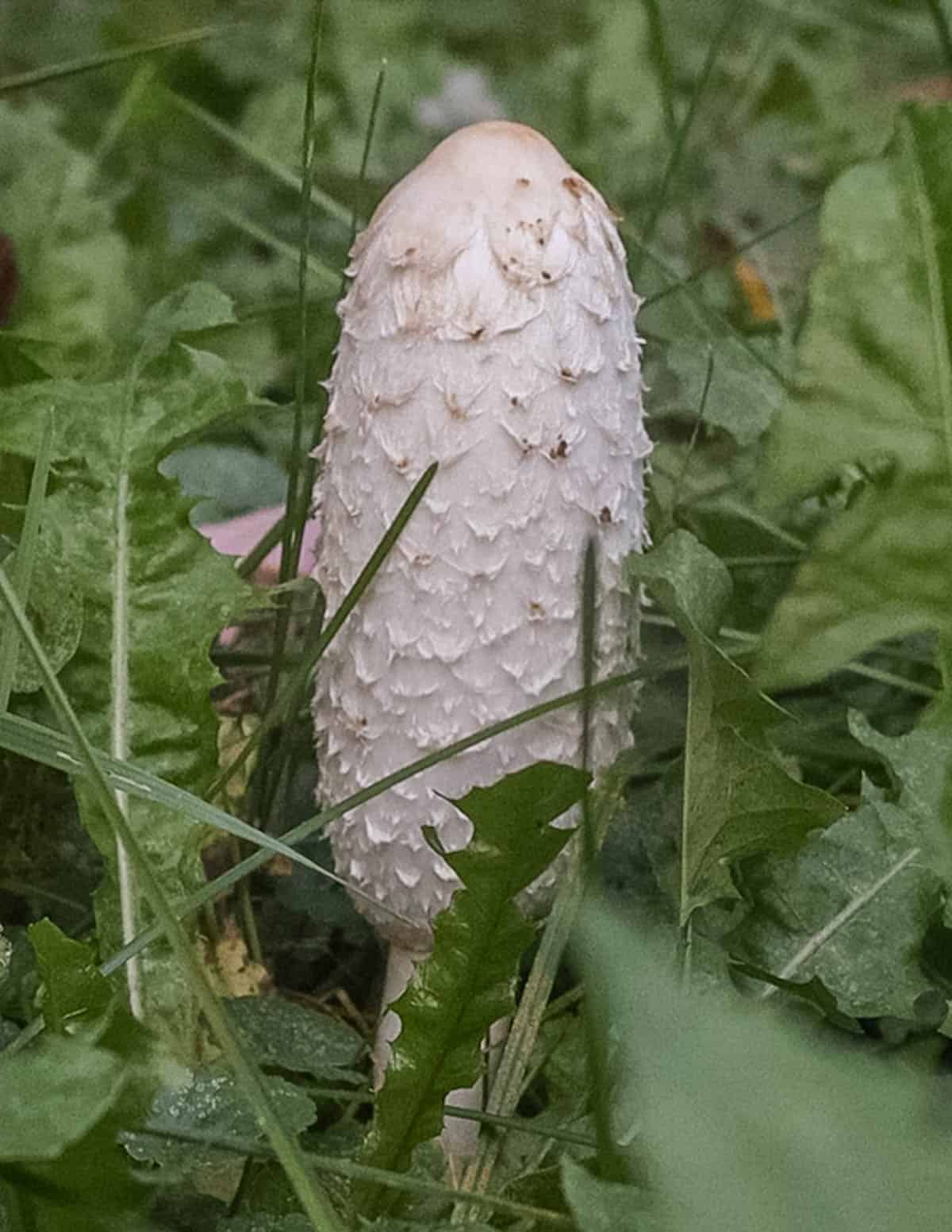
The ink part of the name comes from the trait Coprinoid mushrooms share: as they mature, the caps melt into a black goo, a process known as auto-digestion or deliquescence. Historically, some were actually made into writing ink.
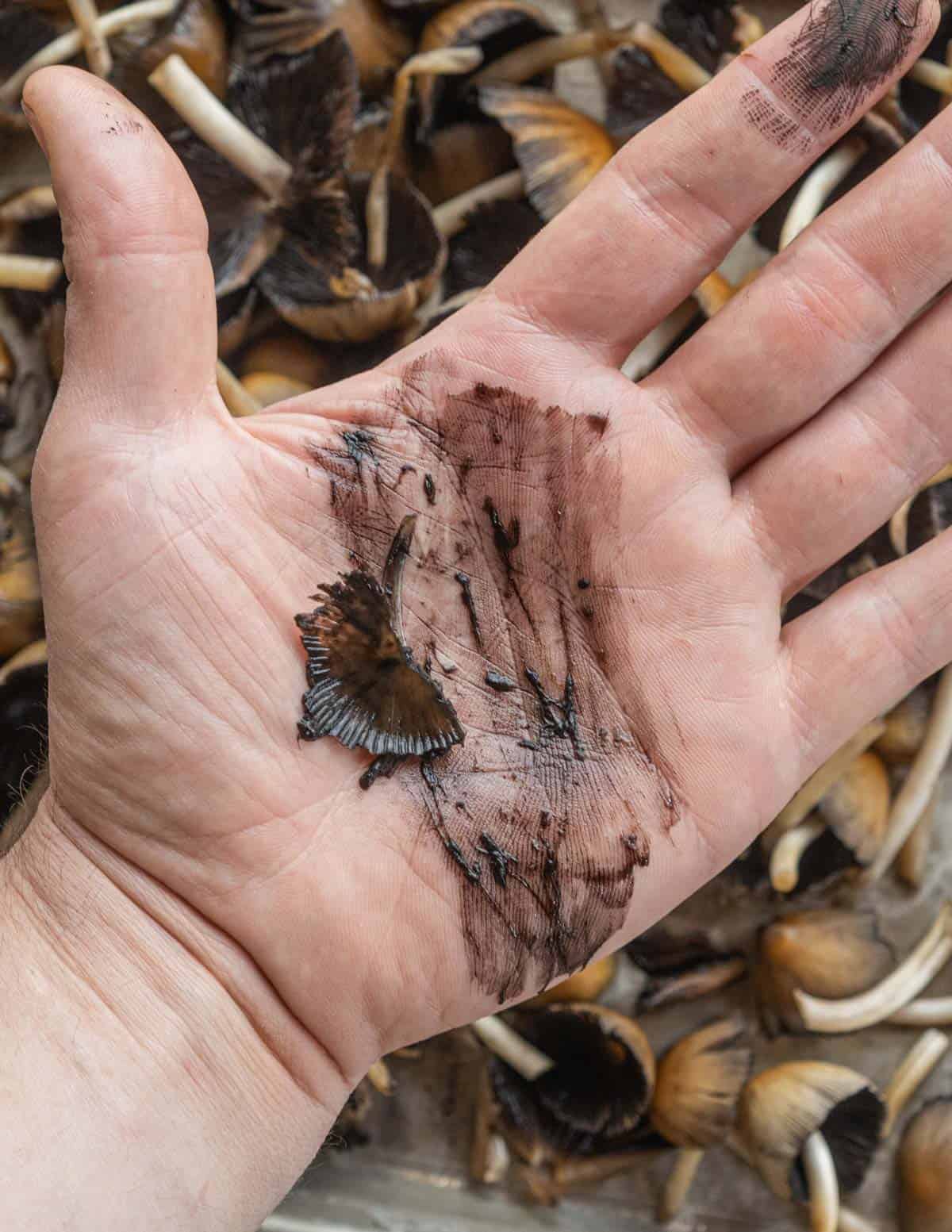
Are Mica Cap Mushrooms Edible?
Although most older field guides describe these mushrooms as edible, some with glowing reviews of their flavor, there's some confusion about them and other inky caps mushrooms.

Mica caps are not poisonous and do not contain coprine-they're just one of many edible spring mushrooms. If you're unfamiliar, coprine is a compound found in some inky cap / coprinoid mushrooms like coprinopsis atramentaria (the tippler's bane) that works like antabuse, causing illness when consumed with alcohol.
Apparently there's also confusion about these mushrooms potentially having narcotic or hallucinogenic properties too. To be clear, mica caps do not contain psilocybin and have no narcotic properties to worry about.
Where to Find Mica Caps
The mushrooms grow in clusters directly on decaying trees, stumps, and from buried wood. I typically see them on dying hardwoods like elm and cottonwood but they'll grow on lots of different types of wood.
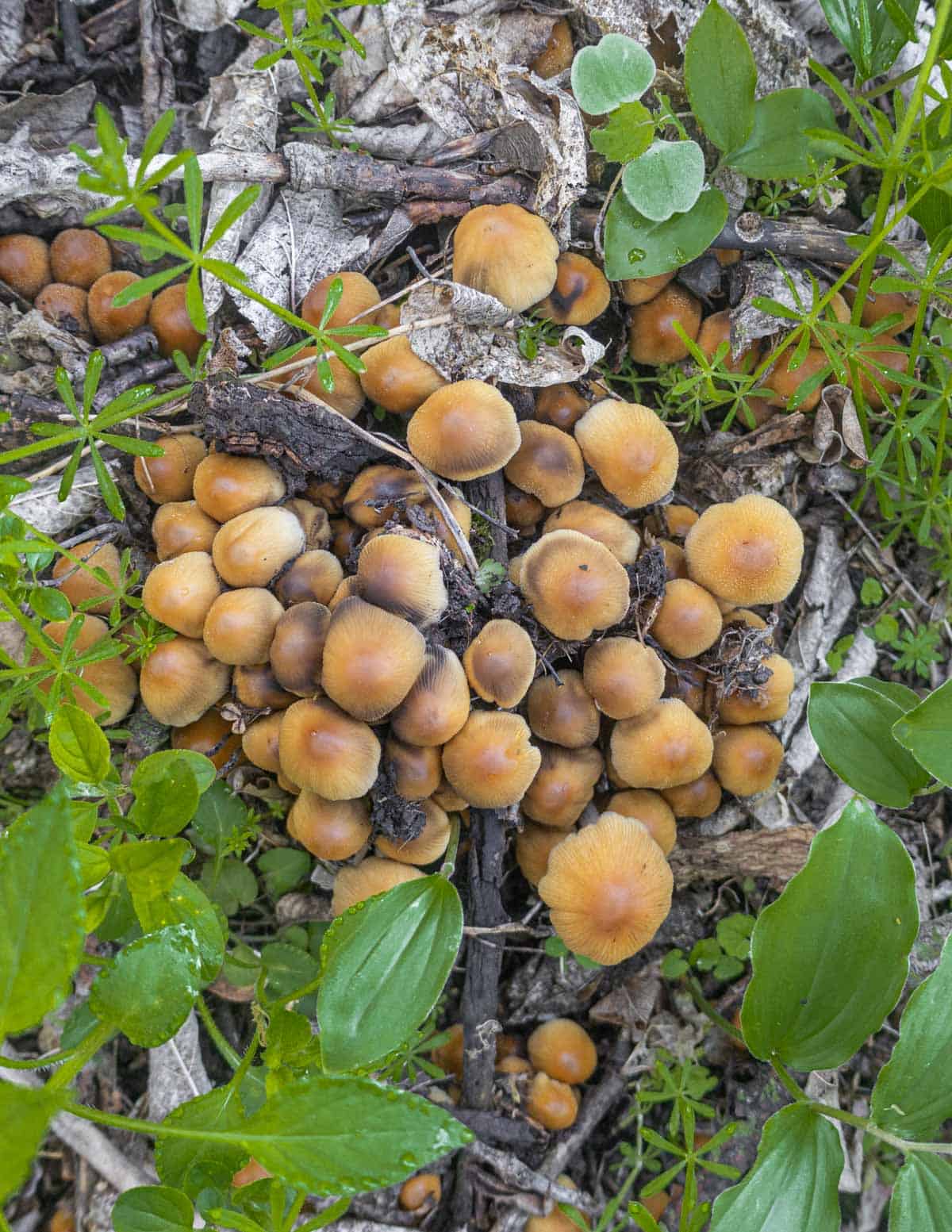
They appear first in the spring, continuing through summer and fall. They're widespread and common in North America and South America in both wild and urban areas.
Sometimes the wood can be buried, giving them the appearance of being terrestrial or growing from the ground. I most often see them around dying elm trees where I live and they're a common mushroom to see during morel season in early spring.
Mica Cap Identification
The caps are conical to bell-shaped. They can vary slightly in color but are typically a shade of honey, tawny to ochre brown or orange to light yellow, although they can be paler too.
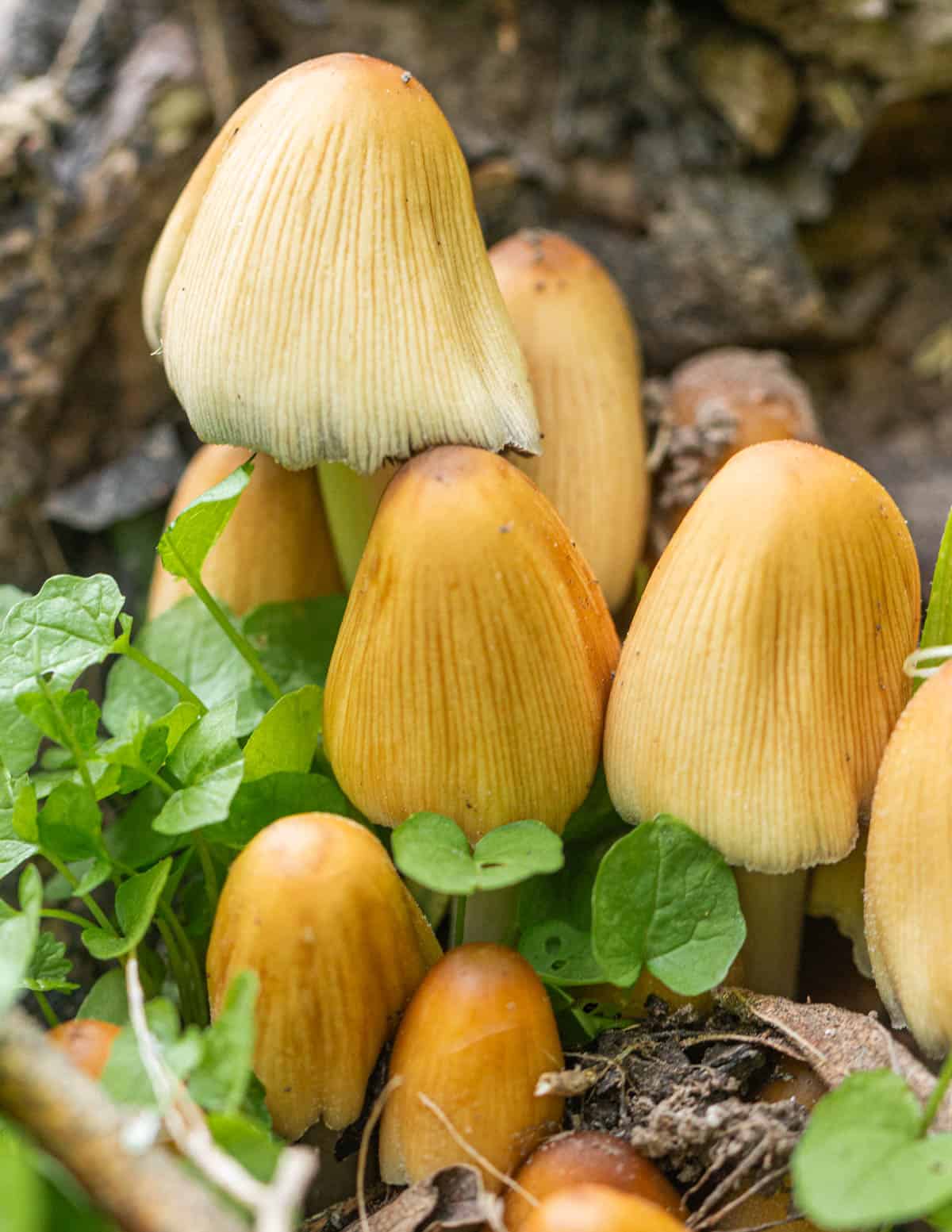
Probably the most helpful identification characteristic is the small, shiny, mica-like granules on the cap surface. The mica-like granules are responsible for the other common names "glistening inky cap" and "shimmering inky cap". Although the granules can be easily rinsed off by rain and may be hard to see they're easy to feel between your fingers.
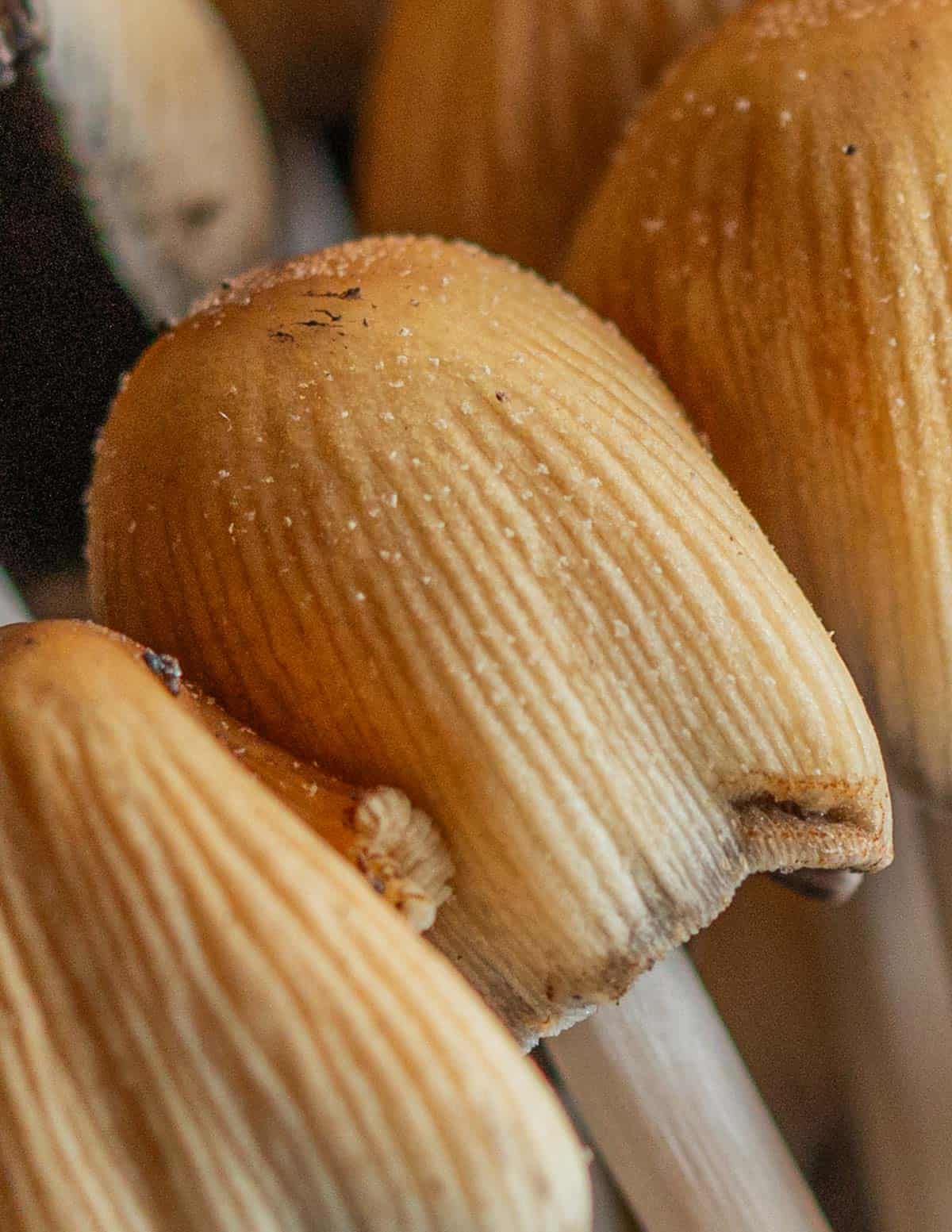
The gill start out as white, turning a slight purplish grey and black at maturity. Like other inky caps, they have a black spore print.
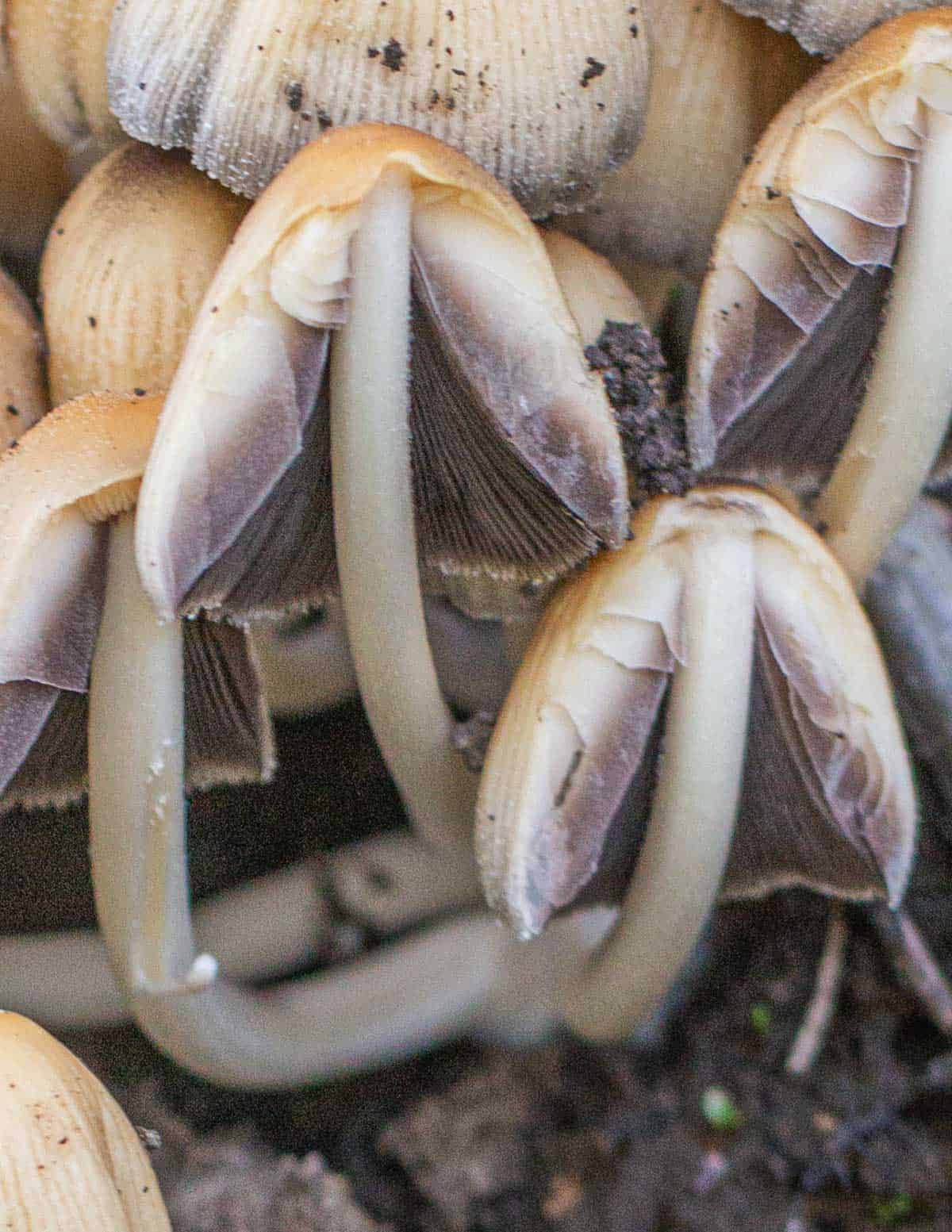
When mature, the cap margin will be tattered and curled up, quickly dissolving into an inky goo.
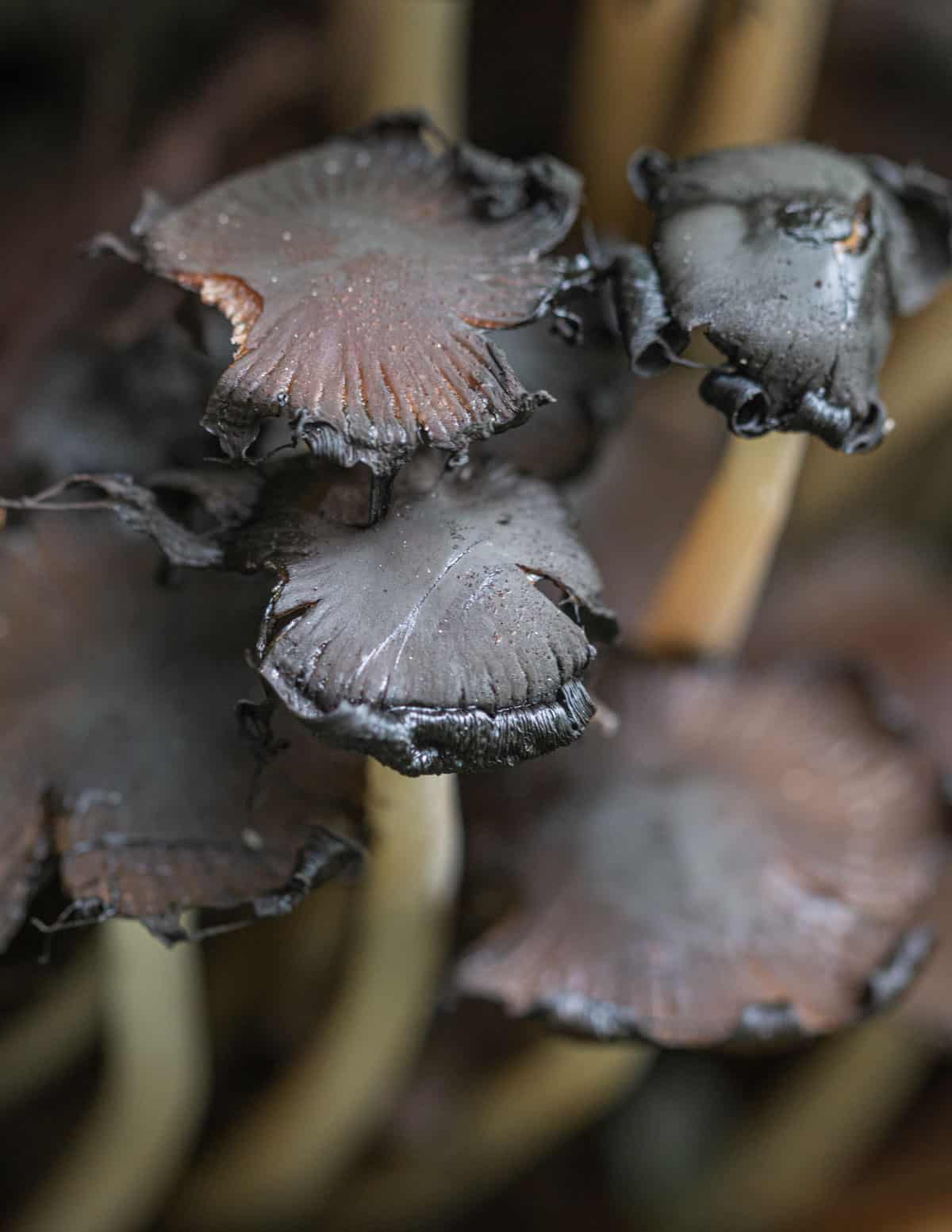
Mica Cap Mushroom Look Alikes
There's many inky cap mushrooms, but the cap color and mica-like granules on the cap make these mushrooms pretty easy to identify. Many of the ones you would not want to eat, like Coprinopsis atramentaria will have grey caps, or caps with scales on them as shown with the Coprinopsis vareigata below.
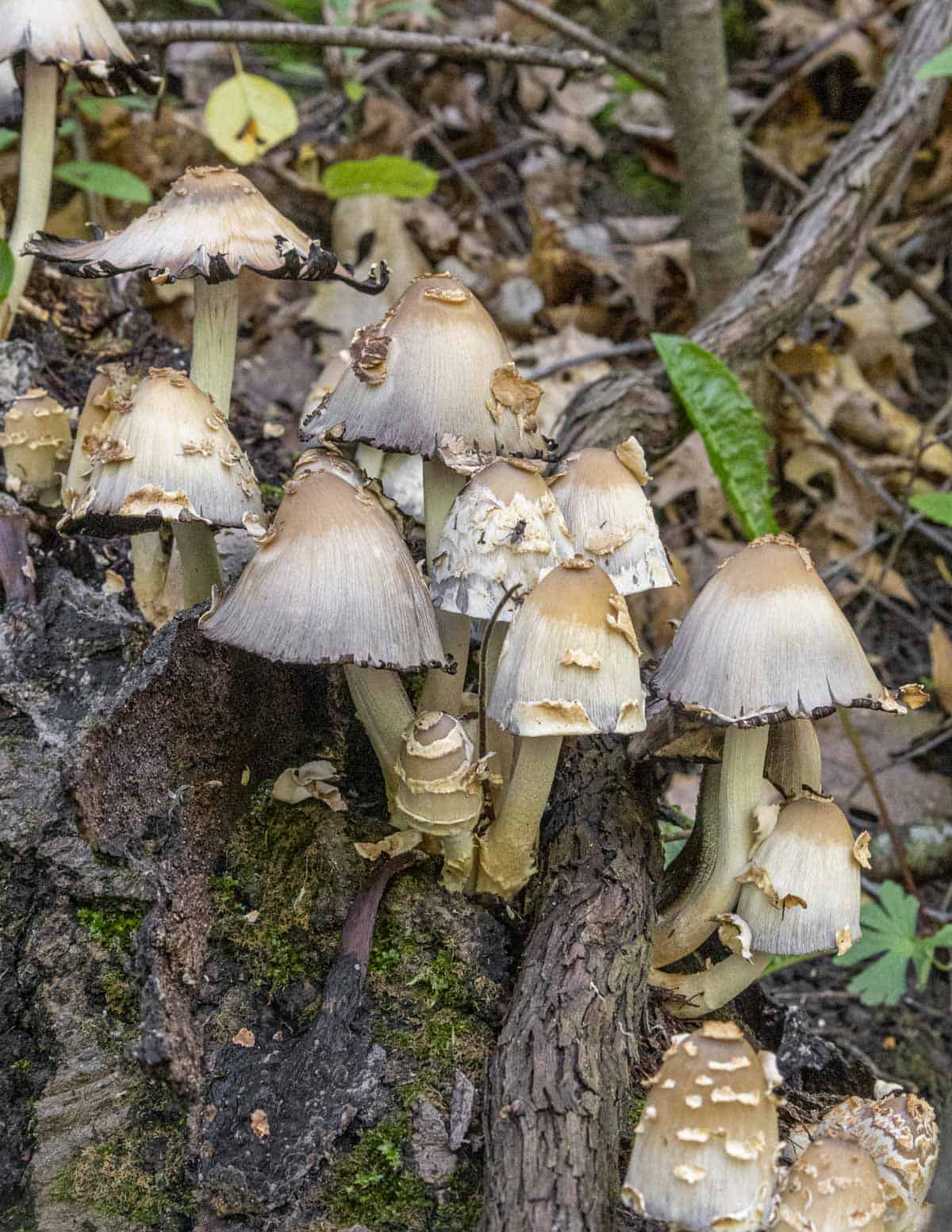
Galerina marginata
More important than knowing inky cap mushrooms in my opinion is making sure you can identify poisonous Galerina mushrooms, which will also grow in the spring and throughout summer and fall. They also grow directly from similar woods, including the decaying elm logs mica caps love where I live.
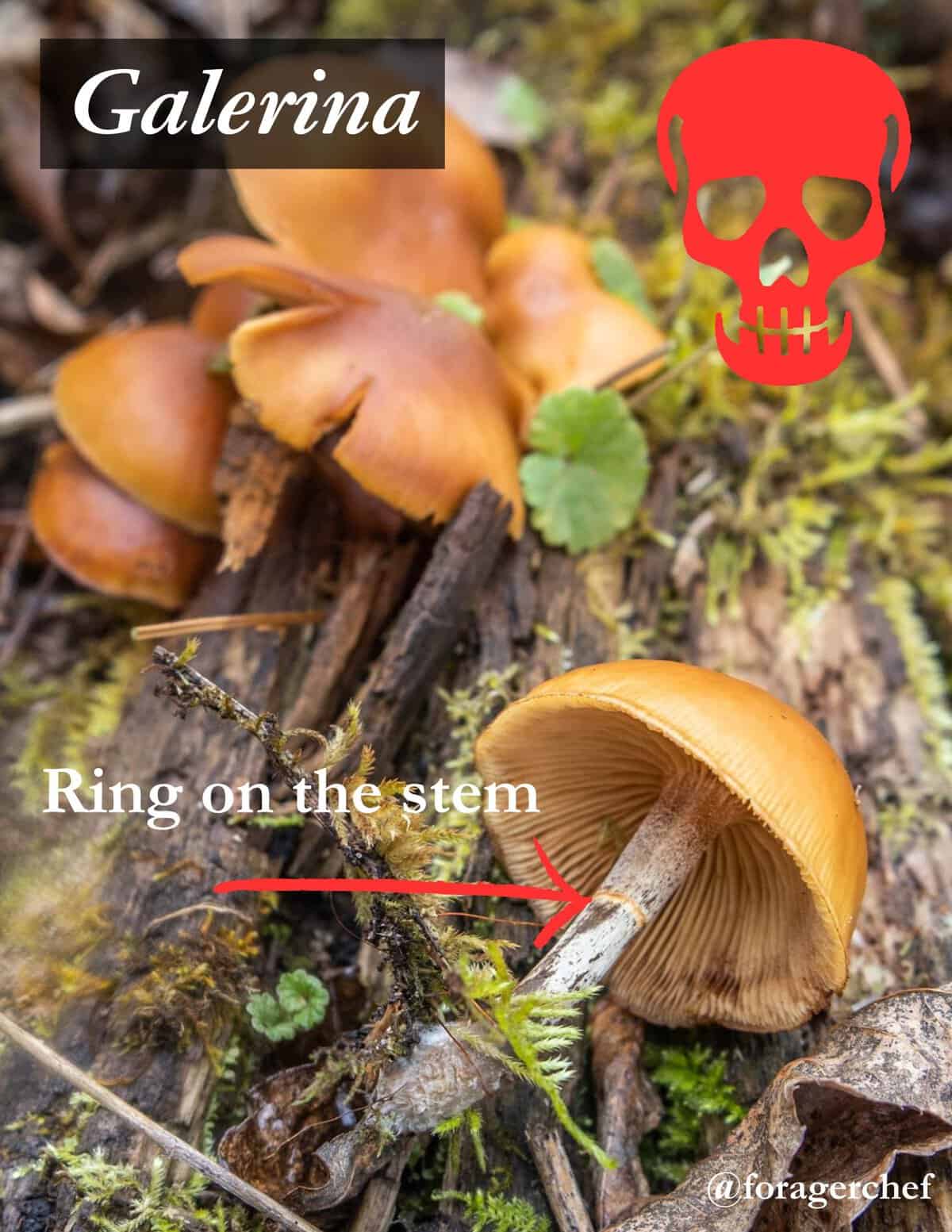
Also known as the funeral bell, Galerina mushrooms also have a similar cap color, although typically a slightly darker shade of amber-brown. One thing that sets them apart is that they have a ring on their stem which mica caps never do. As they're not an inky cap they also don't deliquesce into ink, and aren't found in the very large clusters like mica caps are.
Harvesting and Preparing Mica Caps
It's very important to harvest young, tight clusters of buttons without opened caps. I like to use a scissors in the field to cut them, putting them into their own dedicated basket or hard-sided container. These mushrooms are extremely delicate and easily crushed by others in a basket.
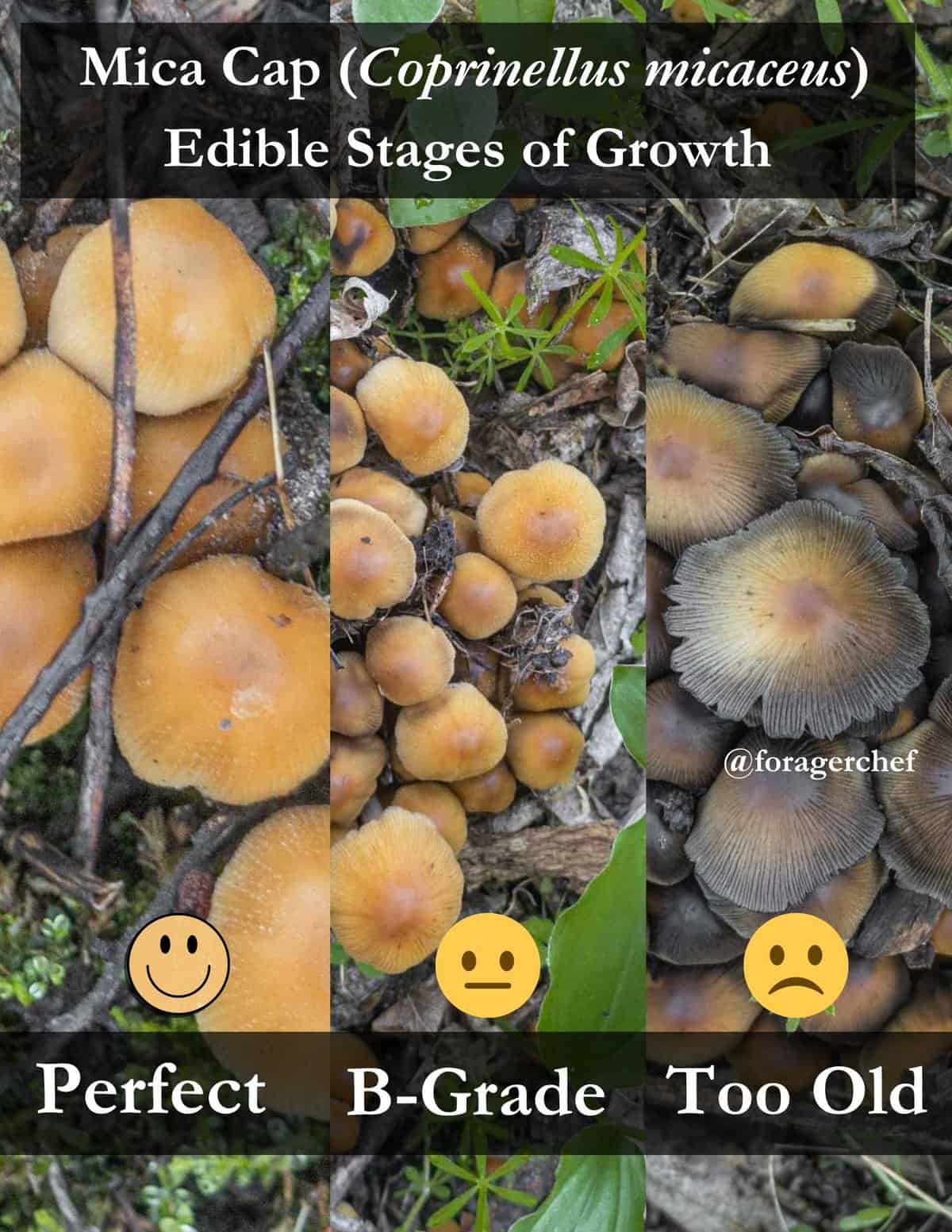
Once they're harvested I inspect the mushrooms for dirt and debris and clean them with water if needed.
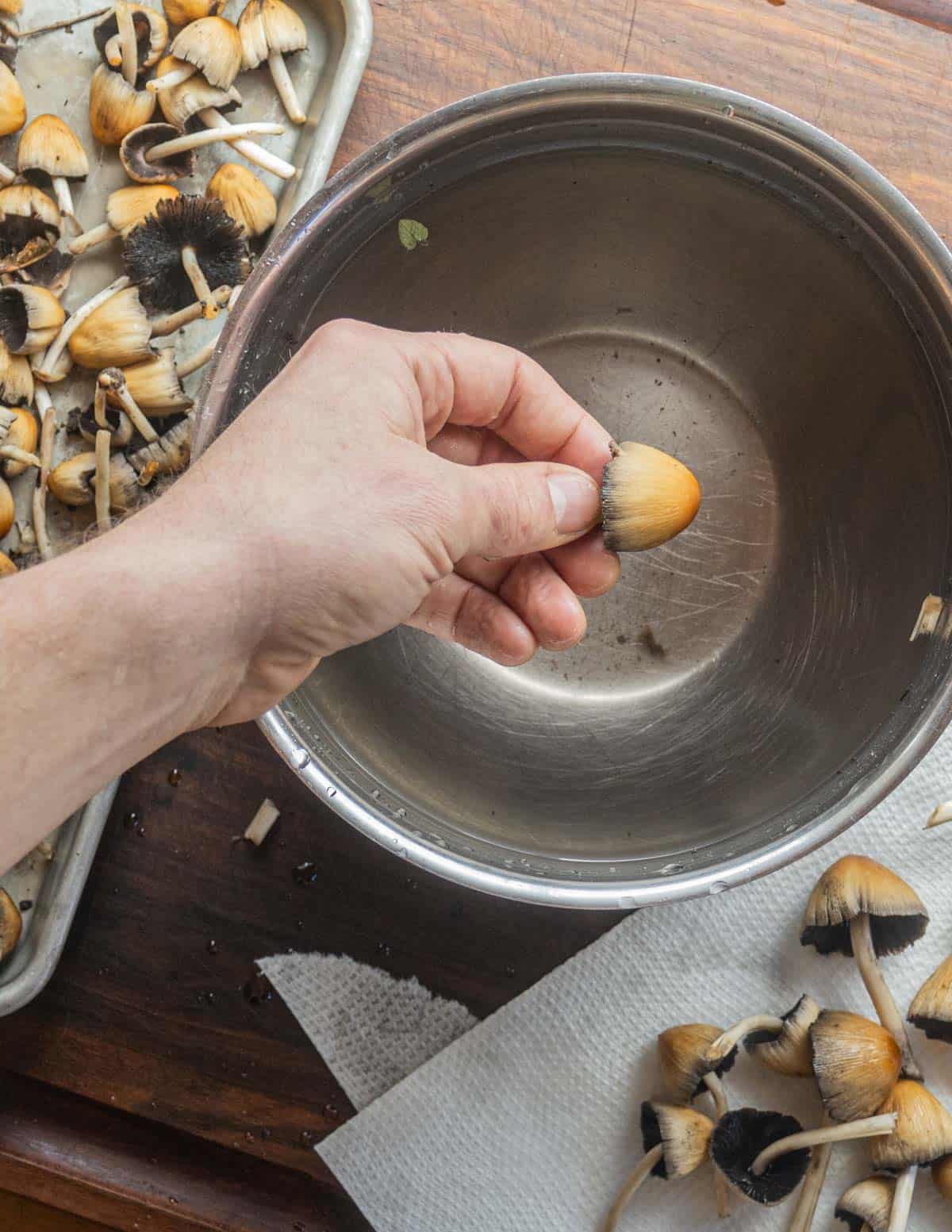
After they've been cleaned, I'll trim the stems with a scissors and compost them. With these mushrooms, it's really the caps that you're after, and only the caps. Stored in a fridge in a hard-sided container or a tray they'll be good for up to 24 hours.
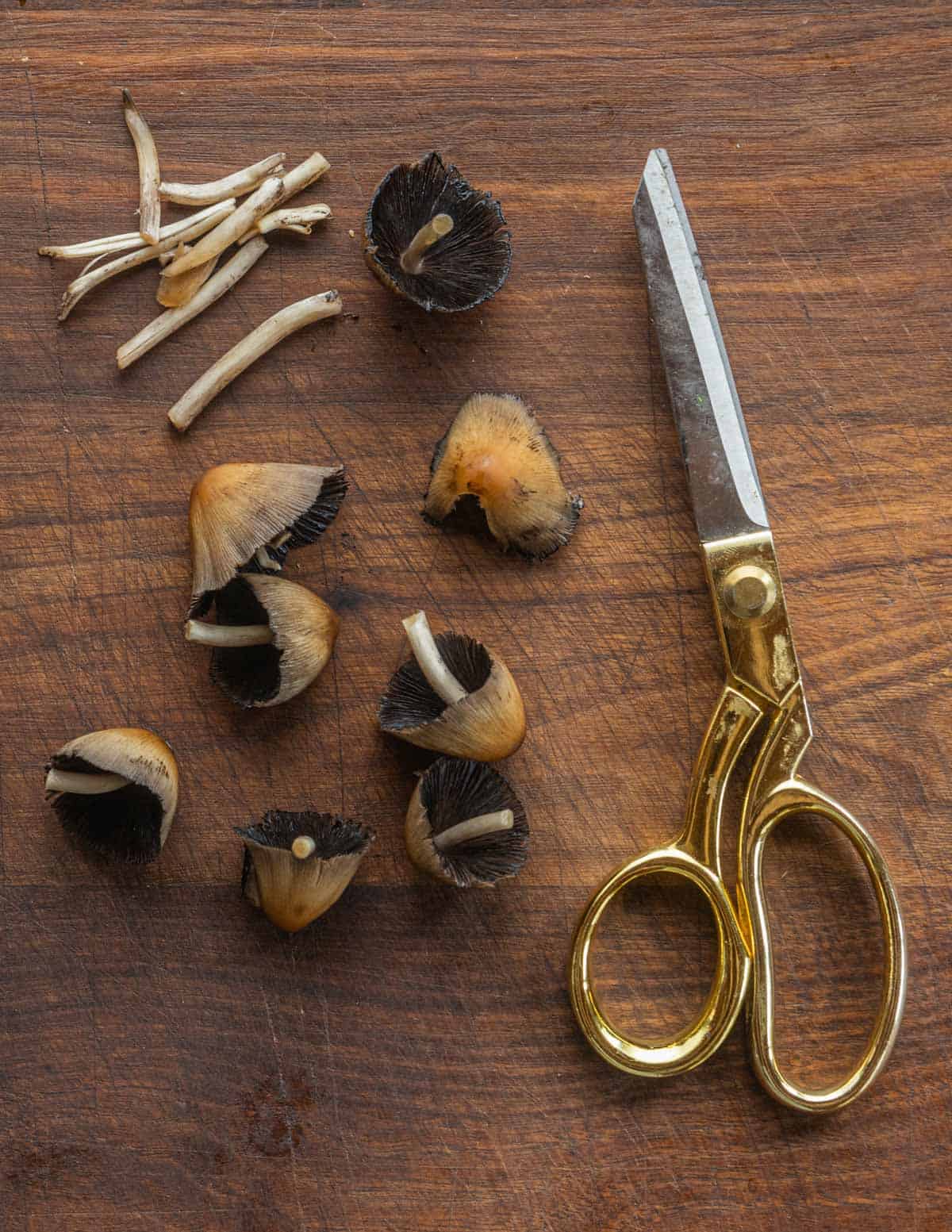
Unlike say, morels, mica caps and other inky mushrooms have extremely short shelf lives and will dissolve into ink in a day or two after they're picked.
Interestingly, the mushrooms are technically edible as they turn to ink. This is because the deliquescing process is an enzymatic method of spore dispersal, as opposed to bacterial decomposition. They're just not very attractive at that stage and cook down to a pile of stems, as shown below.
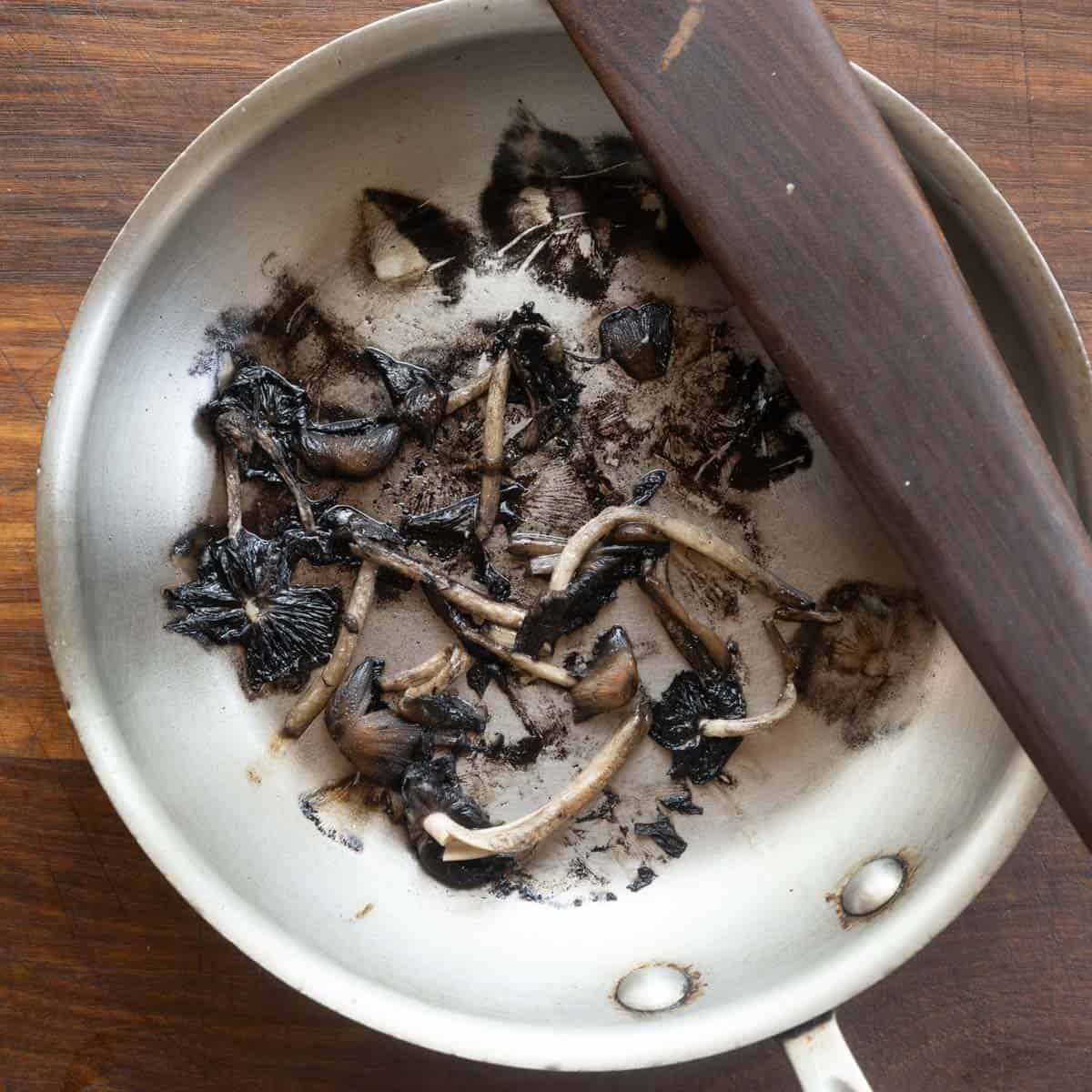
I've actually made culinary ink from shaggy manes, which you can read about in my post on shaggy mane mushroom ink. It's ok, but a novelty for me. The images below show the deliquescence of the mushrooms as they turn themselves to ink over the course of just 48 hours.
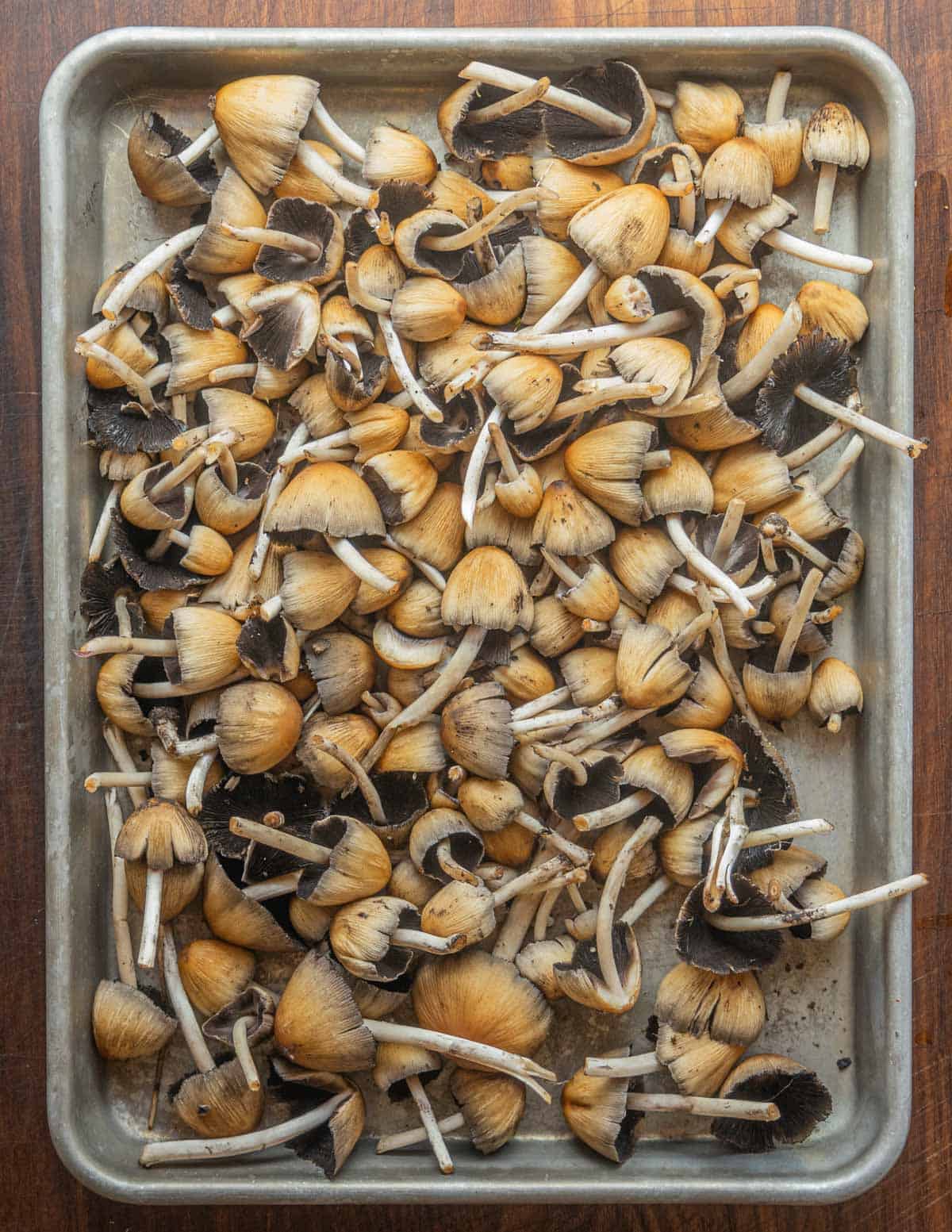
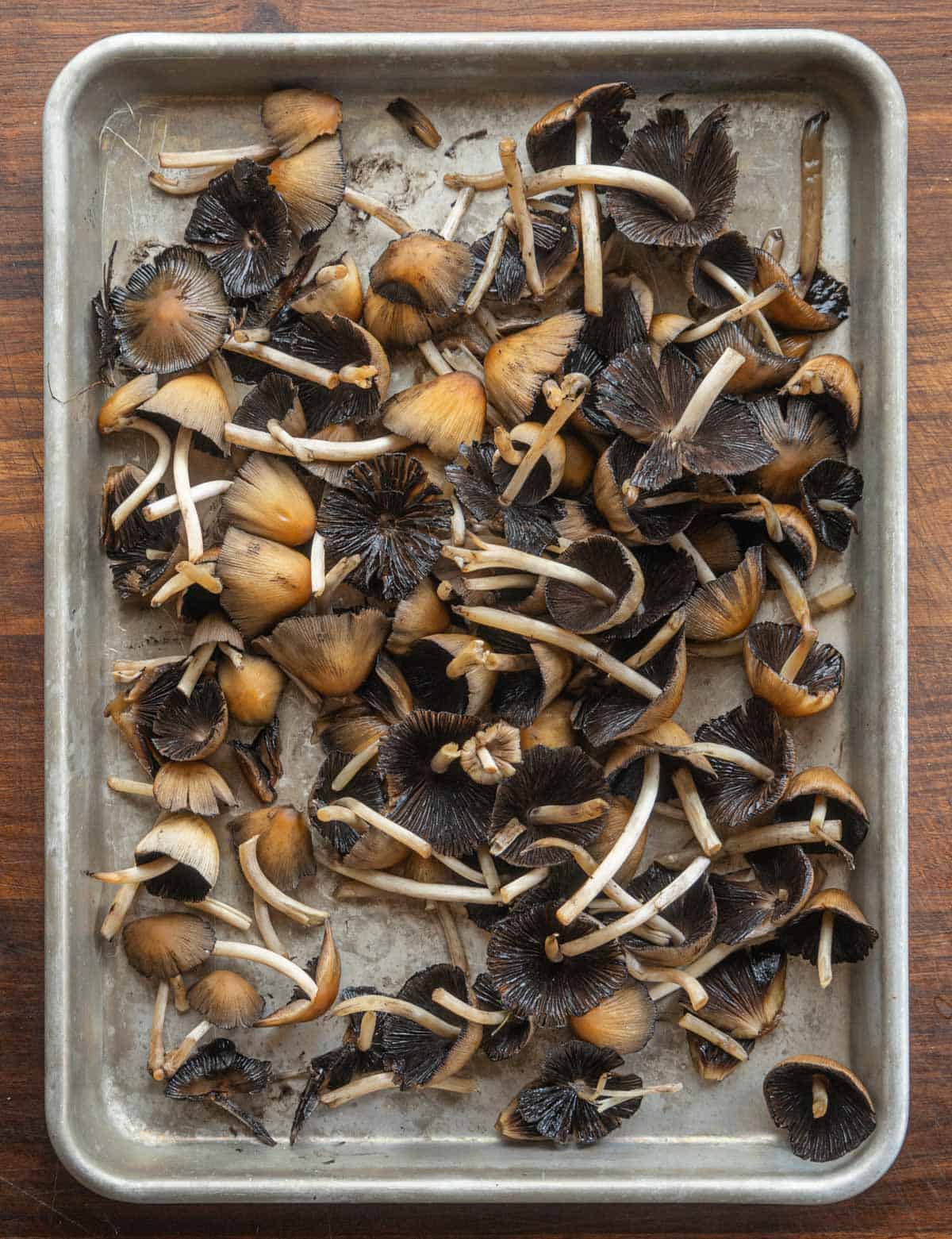
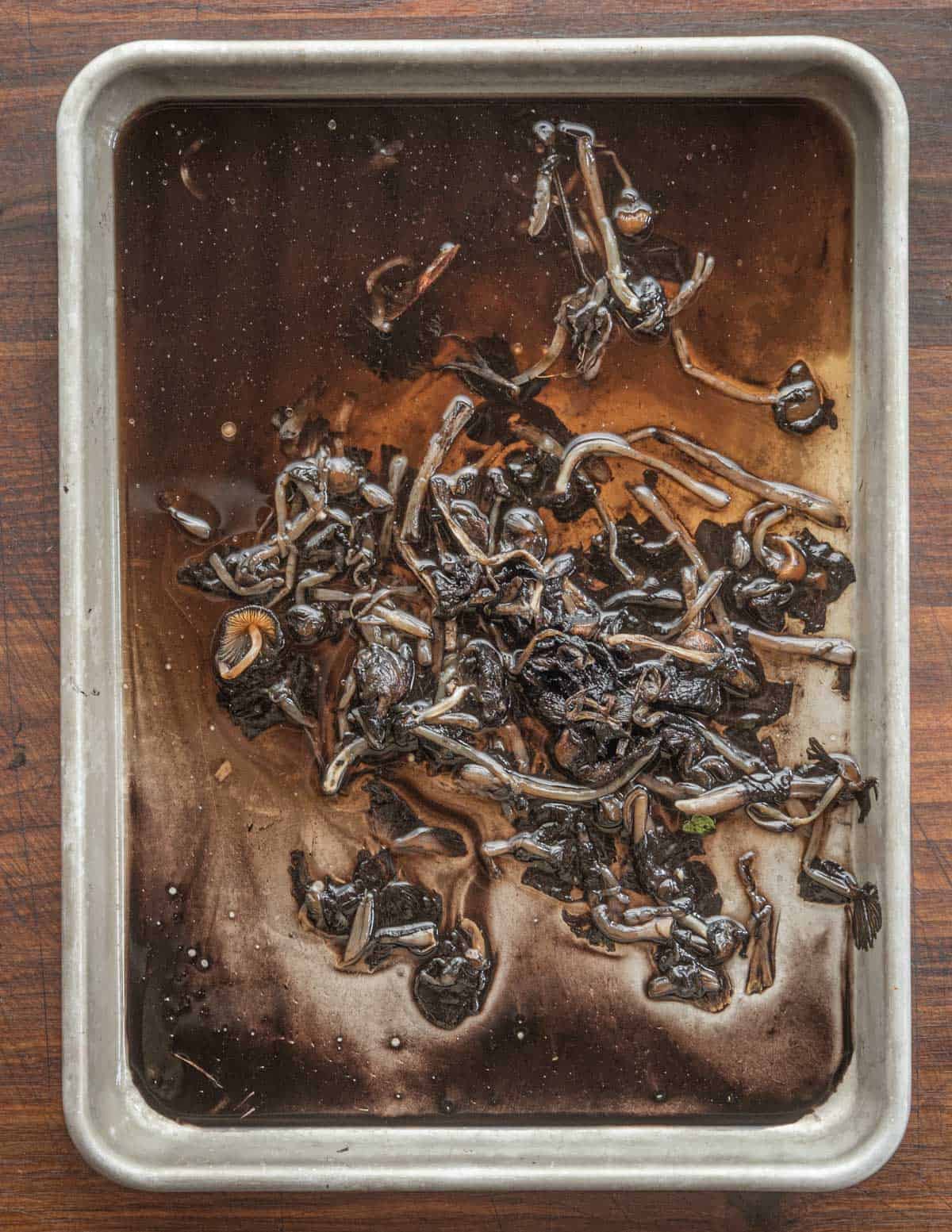
These mushrooms will be frustrating for some as they're so brittle. If you want them to survive the journey to your kitchen it's good to have a dedicated container for them so they don't get crushed by other mushrooms.
How to Cook Mica Cap Mushrooms
The most important thing to know is that once the mushrooms have been picked you'll have about 24 hours to do something with them before they dissolve into ink. This is very different from, say, morels which can last weeks in the fridge. Just like shaggy manes, if you work quickly mica caps can also be dehydrated.
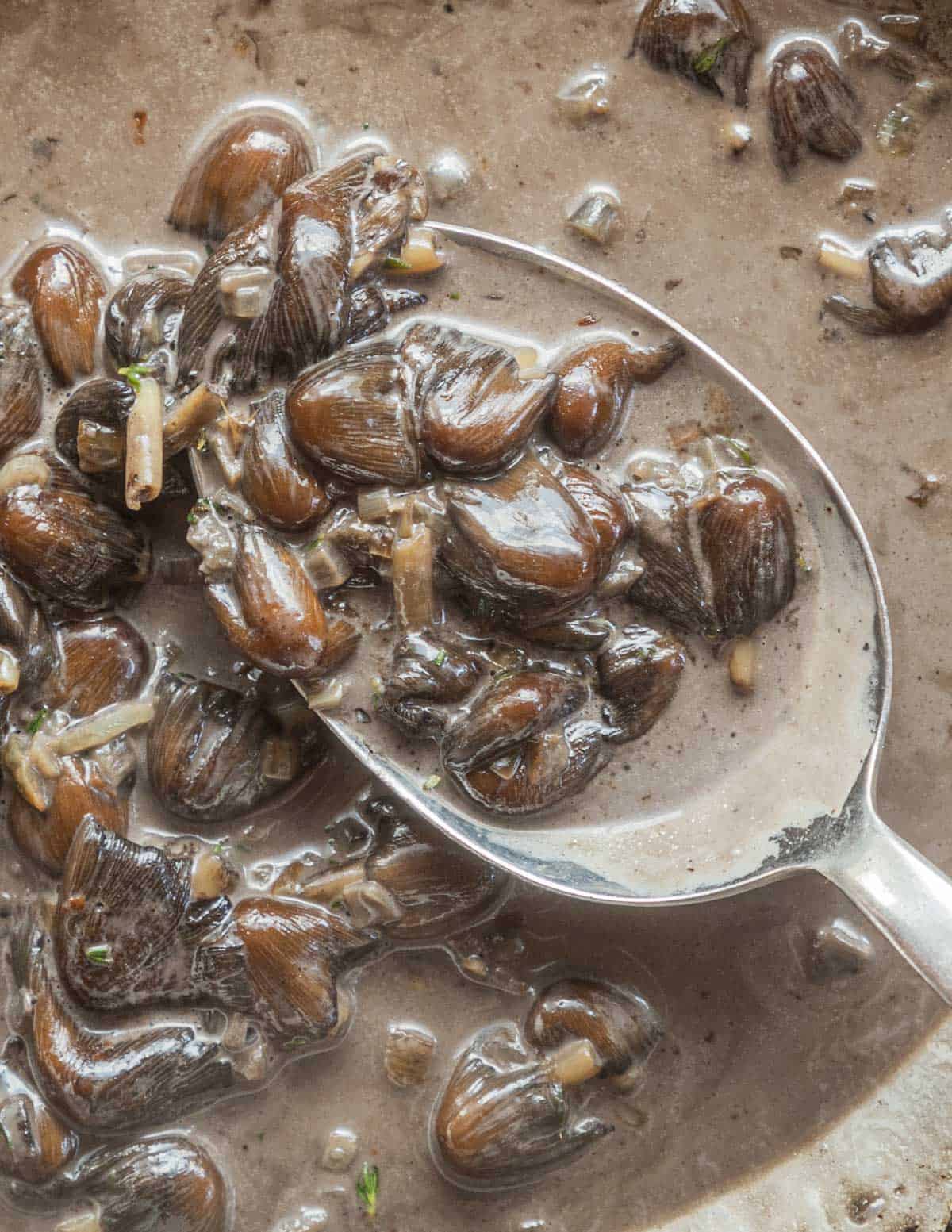
Mica caps have a mild, nutty flavor comparable to shaggy manes, but not quite as rich. Some describe the taste as almond-like, but I've never tasted that in my collections.
Sauteeing
Mica caps can be sauteed like any other mushroom, but you'll need a decent amount of them for a serving as they lose a lot of volume through cooking.
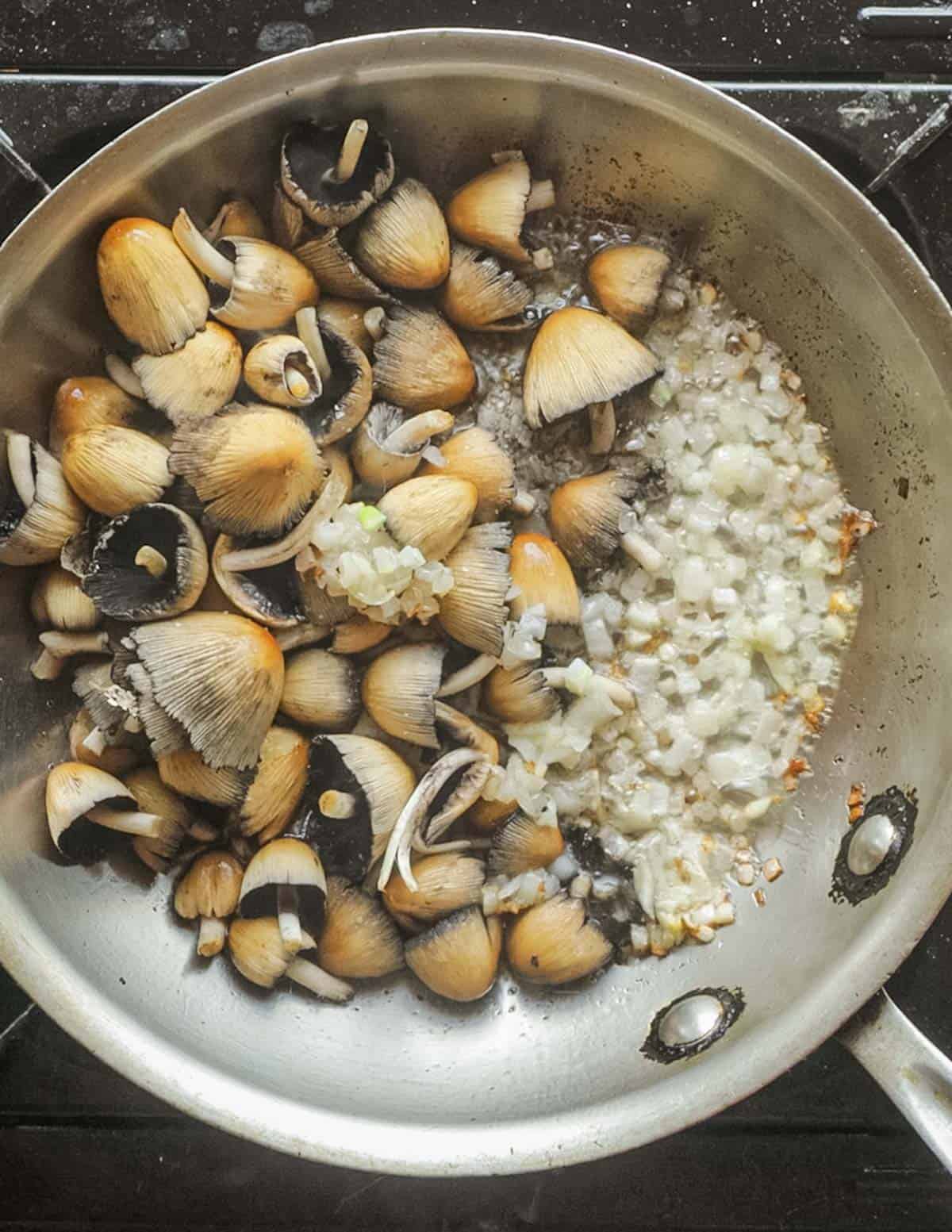
They also benefit from being made into a pan sauce by adding liquid like wine or chicken stock and butter, which will help them not become a black pile on the plate.
Soup
One of the best ways to cook these mushrooms is in soup. Clean them quickly, trim the stems and add them to a pot of simmering stock. Cooking in liquid will hold the shape and color of the mushrooms and stop the process of them turning to ink.
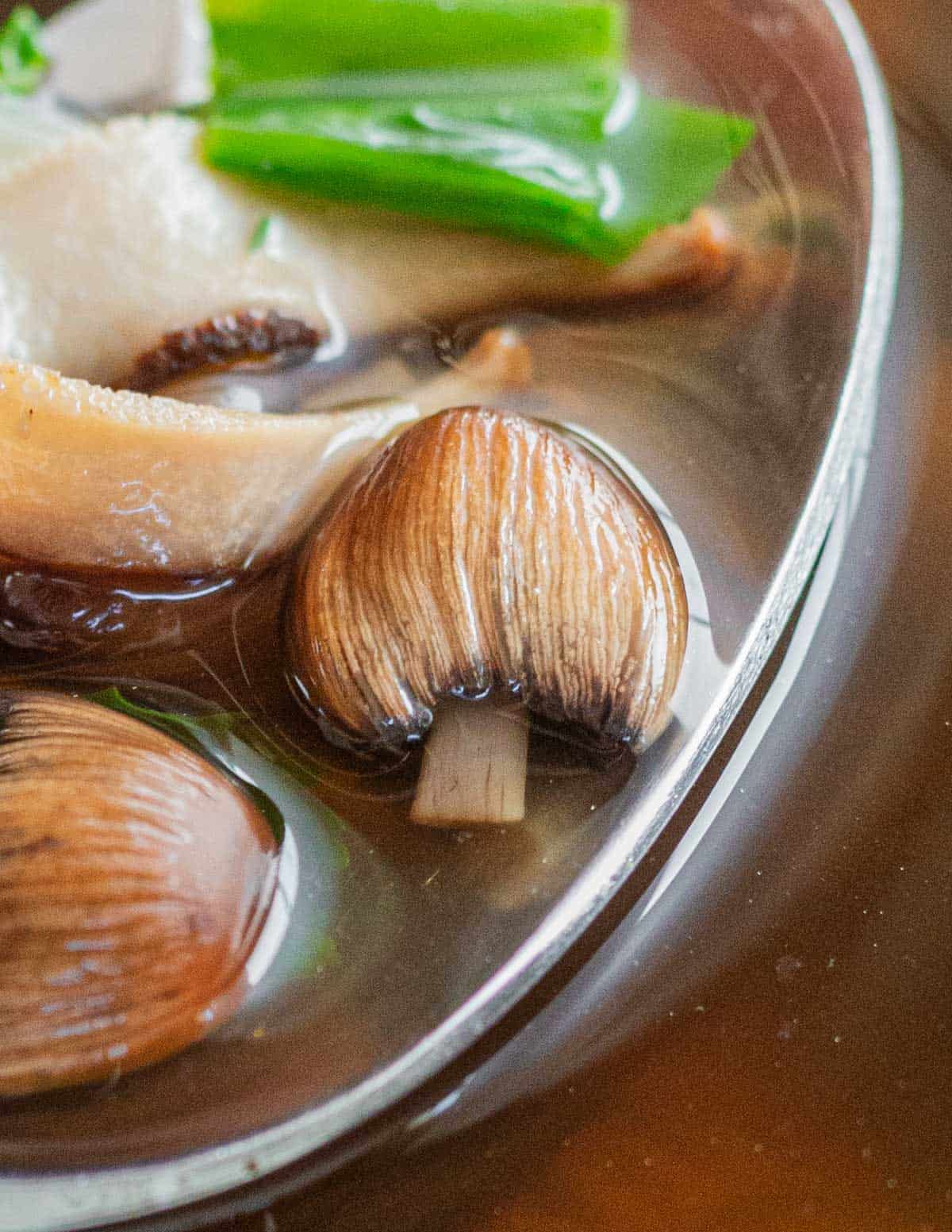
They added a great texture to a brothy spring mushroom miso soup of pheasant backs, morels, half free morels and ramps. You could also follow my recipe for oyster mushroom soup with soba noodles.
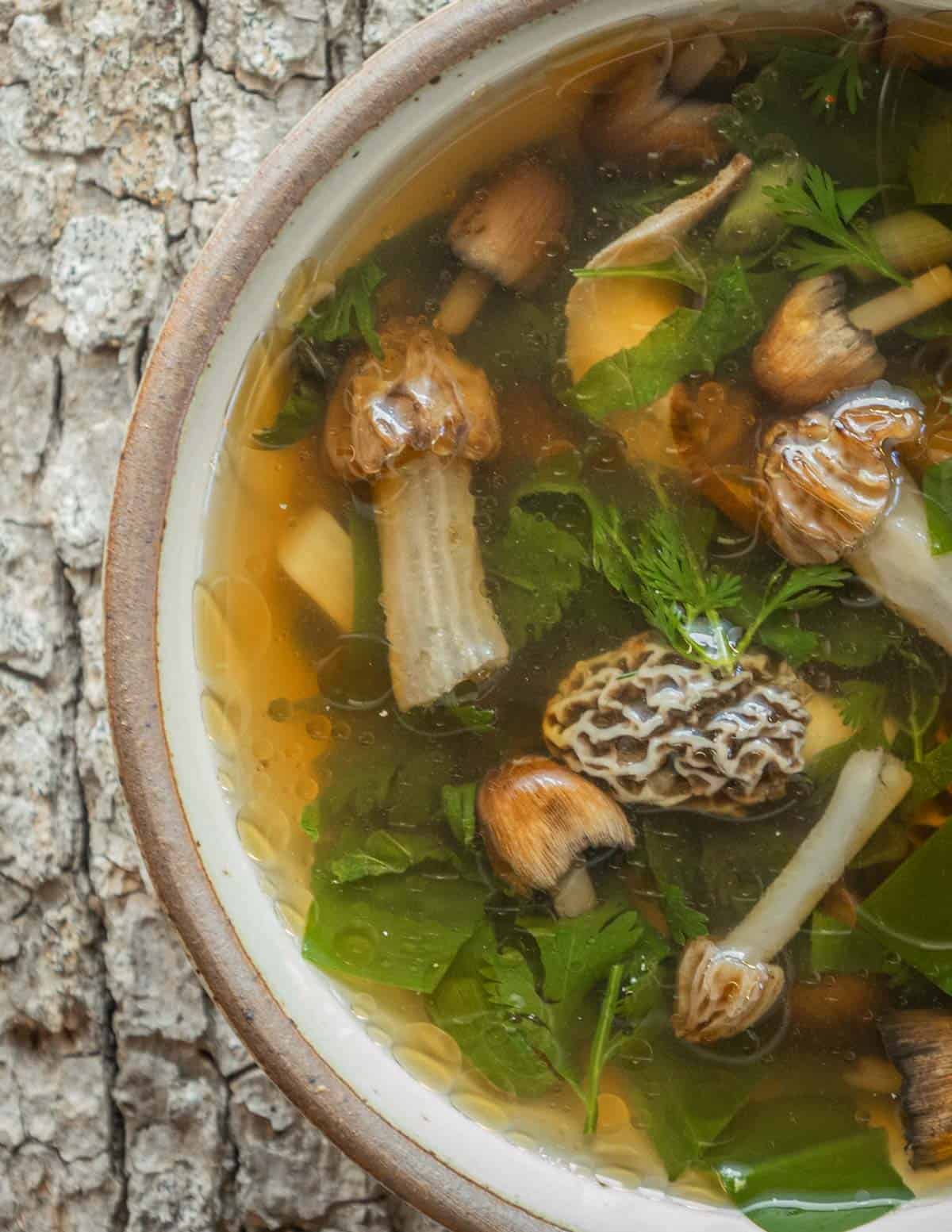
If you have a mix of perfect and so-so caps they'll make an excellent pureed cream of mushroom soup.
Sauces
Sauces are one of the most attractive ways to serve these mushrooms as liquids, especially dairy, improve the color from black to a more attractive, mushroom grey. Far from damning with faint praise, a simple mica cap cream sauce tossed with thin capellini / angel hair pasta pairs perfectly with the tiny mushroom caps.
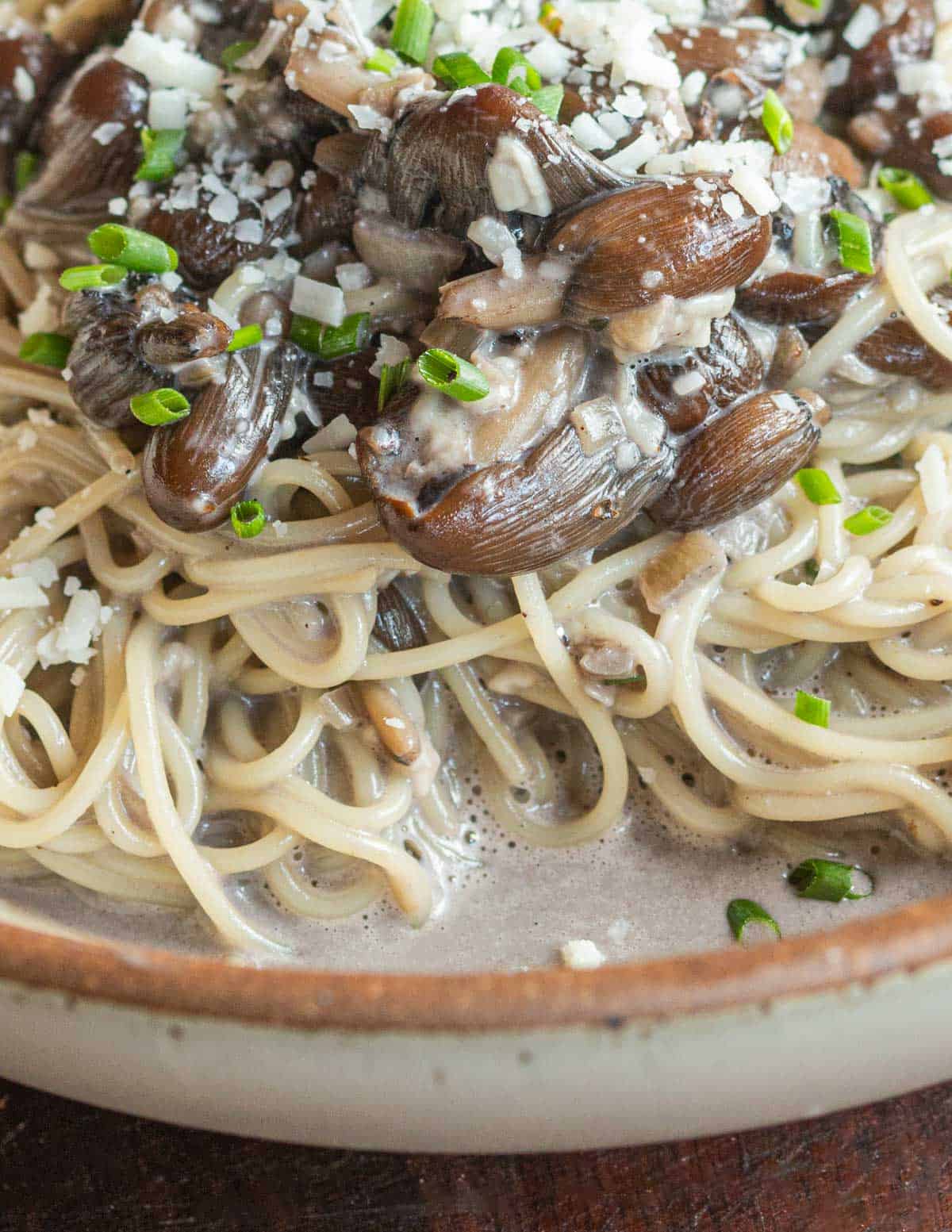

Pixie
O, HAPPY DAY! Last June I only found a piddly amount to try in broth, just for fun. Now---four months later---in mid-October, I hit the mother lode. I made your Angel Hair pasta sauce. I loved it. Angel Hair was the perfect base. I was really surprised that such a delicate little mushroom could provide such great flavor.
Or maybe it was your recipe that made it shine. Either way, it was delicious. I liked the "mushroomy" color, too, especially with some fresh parsley mixed in at the end. It made my day. Thanks, Alan!
Alan Bergo
Hey thanks Pixie.
Pixie
I found some (!) and tried your ideas of harvesting with scissors and cooking in broth instead of as a saute. I loved the way the caps kept their shape and texture. It reminded me of straw mushrooms in Chinese takeout. I wouldn't have succeeded without you. Thanks, Alan!
Alan Bergo
Hey Pixie, glad you could give them a shot. Broth really is great with them, right?
Pixie
Right!
Chris
So I found both Verpas & Morels (they look like Black but maybe just common) & I seen these little guys in a few places in the hunt / gathering. I was wondering about them. I decided to see what your site had updated & shazam! Thanks Chef Alan!
Alan Bergo
Hey thanks Chris, yeah they can be tricky. Glad you found it helpful.
Roxy
How did I not know ink caps were edible?? My yard is filled with some kind of ink cap after every rainfall. I'll examine them more closely now. Thank you, Alan Bergo!
Alan Bergo
You bet Roxy. These and shaggy manes are really the only ones I’ll eat.
Sam Schaperow
I like your soup idea. I also like tasting the ink raw. I have also never met an inky cap I didn't find good for eating. Why do you not recommend Coprinopsis atramentaria?
Alan Bergo
Hey Sam, I'm still traumatized from an event where I was given Morchella septentrionalis to serve and a bunch of people got sick. There's an alcohol allergy with them that's much more common than other morels. I feel the learning curve needed for C. atramentaria isn't worth it for most people when mica caps are very comparable and don't contain coprine. Just my personal preference there.
Pixie
Darn! I've always wanted to try these but have been avoiding them because a favorite ID book warns against consuming with alcohol (I usually enjoy wine with dinner). Your pan sauce and pasta dish both look delicious.
QUESTION: I'll be going out on a long hike and foraging for a full afternoon.
Would you recommend collecting these in a covered plastic container placed inside an insulated lunch bag with a small ice pack to prevent them from deliquesing en route? Or do they need to breathe?
Alan Bergo
Hey Pixie. A covered, hard-sided container is good. You need something that will prevent them from getting squished, so your set up sounds fine to me. I have a friend who puts a tacklebox in a backpack, and another that uses a covered cake pan, for example.
Tammie Lee
Thank you so much for all this info. Fun fun.
Alan Bergo
Thanks Tammie Lee.
Elizabeth Davidson
Such a well written and interesting post. Personally, I find it quite helpful to read about what others typically comment, like the taste of almonds, that you haven’t found. Over time and experimentation, I’ve found myself aligned with your smell/taste perceptions more than any other forager that writes on the topic.
Alan Bergo
Thanks Elizabeth. Yes they have a mild flavor, pleasant and mushroomy.
Thea
As ever, an education. Perhaps one day I'll have enough courage to go seeking! Thank you for sharing the knowledge and inspiration.
Alan Bergo
Thanks Thea, these are an interesting one a lot of people have around so I thought It'd be helpful.